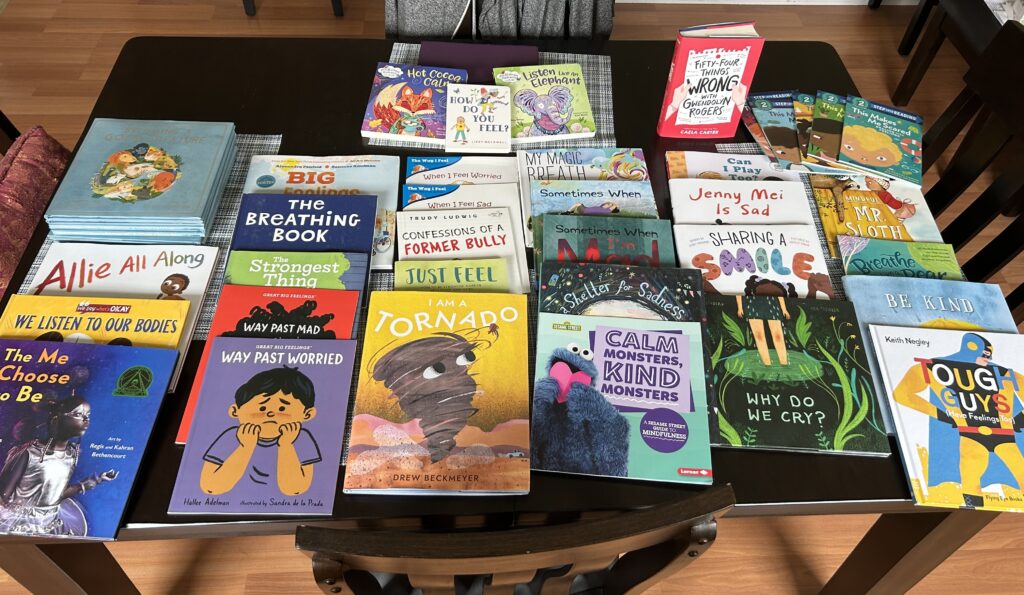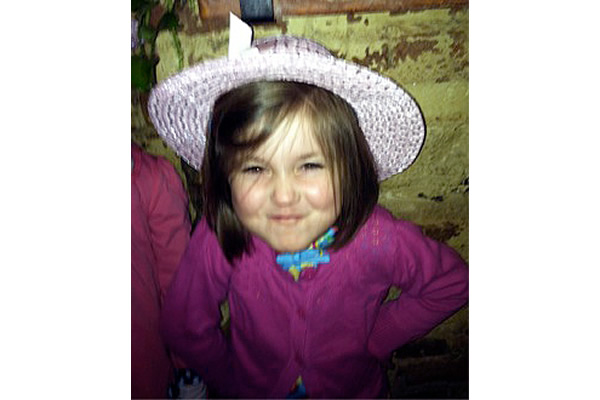CLiF Board of Advisors member Jennifer Kusnarowis, M.Ed. is a reading specialist and teacher at Boscawen Elementary School in New Hampshire. She works with struggling readers to improve their reading skills, as well as with strong readers in an enrichment program.
Picture this: A young girl crosses her arms and scowls when things don’t go her way. She’s
mad because she can’t control what’s happening in her life. In another scenario, a little boy
hides, throws his toys, and cries when he is sad. These sound like everyday situations–and they
are–but when children arrive at school holding on to big feelings like these, it makes learning
and socializing difficult.
Since the COVID pandemic, more young learners are grappling with complex emotions then ever before: anger, sadness, stress, anxiety, fear, confusion, loneliness, and so on. In response, many educators have committed to expanding their skills and knowledge in the area of Social Emotional Learning (SEL).
The Collaborative for Academic, Social, and Emotional Learning (CASEL) defines social and
emotional learning as “an integral part of education and human development. SEL is the
process through which all young people and adults acquire and apply the knowledge, skills, and
attitudes to develop healthy identities, manage emotions and achieve personal and collective
goals, feel and show empathy for others, establish and maintain supportive relationships, and
make responsible and caring decisions.”
How can we help children struggling with their emotions? Books! But not just any books. Books focused on SEL present real situations that teach children that feelings are natural, and provide strategies to help them become emotionally and socially regulated. When adults read these books aloud to children, it opens a dialogue, normalizes feelings, and provides a model for useful strategies. Ultimately, when children can understand and manage their emotions and build intra- and inter-personal skills, their brains are more ready to learn and to build positive social relationships with others.
One book in particular that I’ve used in the past is Babushka’s Doll by Patricia Polacco. In this book, a little girl learns a valuable lesson about empathy, patience, and kindness when her grandmother’s doll comes to life and treats her the same way she treated her grandmother. The conversation that happens when the reading is done is always powerful for students as they are easily able to identify the little girl’s misbehavior, share connections from their own lives, and talk about what the girl could have done or said differently.
Recently, Boscawen Elementary School (where I teach) received CLiF’s Revive Your Literacy Program grant to purchase SEL-focused children’s books. We received a beautiful assortment of books that will be used to create an SEL library. These titles, as well as many others, will be kept in a central location at the school so that all staff members have access to them and will be able to borrow and share them with students. Thank you to CLiF for recognizing and understanding the value of SEL-focused books and for supporting our efforts to obtain them.
Here are some of the titles we received:
Emotions:
I Am A Tornado by Drew Beckmeyer
A Shelter for Sadness by Anne Booth & David Litchfield
Sometimes When I Am Mad by Deborah Serani
Sometimes When I Am Sad by Deborah Serani
Strategies for Recognizing and Regulating Emotions:
Just Feel: How To Be Stronger, Happier, Healthier, and More by Mallika Chopra
My Magic Breath: Finding Calm Through Mindful Breathing by Nick Ortner and Alison Taylor
Breathe Like a Bear by Kira Willey
Life Lessons (my personal favorite):
Becoming A Good Creature by naturalist/author/CLiF presenter Sy Montgomery

For additional SEL titles, a great place to start is this list compiled by Publishers Weekly. These valuable books, and so many others, give teachers and other adults the tools they need to help children thrive emotionally, socially, and academically.



